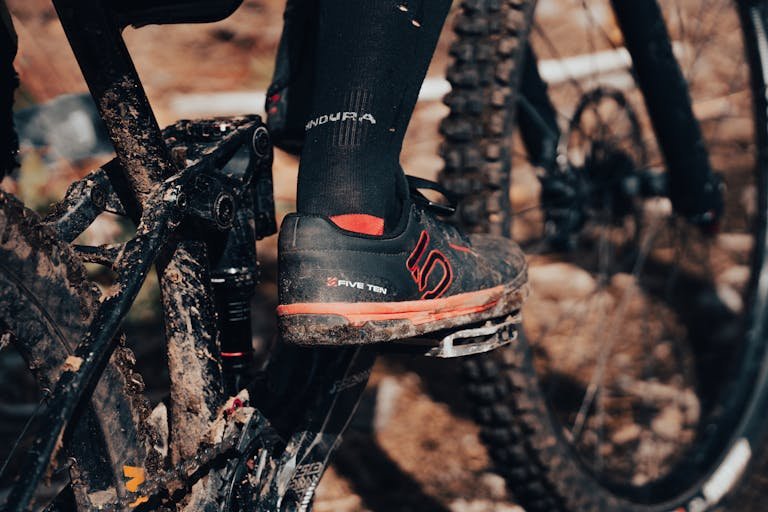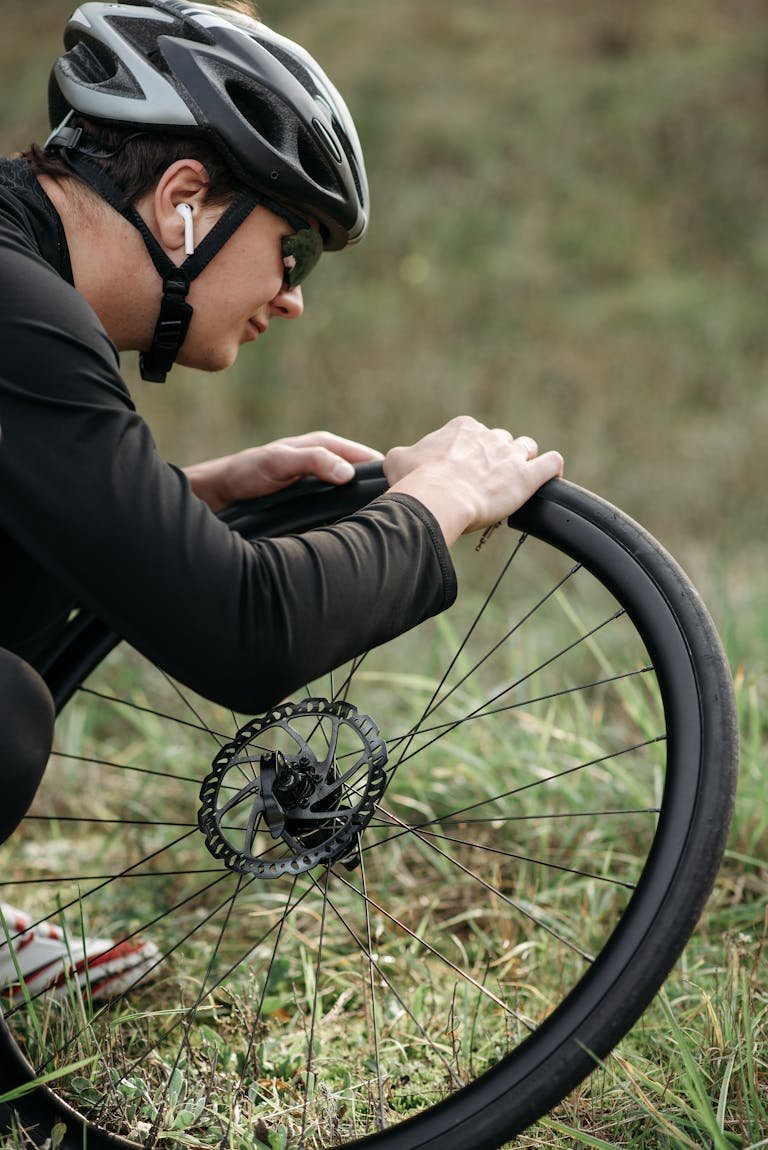Are Electric Bikes Street Legal? Your Complete Guide to E-Bike Laws and Regulations 2025
I’ve often asked myself. Are electric bikes street legal? Imagine you’re cruising down the street on your new e-bike and a police officer flags you down. Are you breaking the law? I’ve seen the confusion firsthand. In fact, a surprising 68% of e-bike owners aren’t fully aware of their local laws! Let’s try to clear up the confusion and get you riding confidently and legally.
Understanding E-Bike Classifications
When I first got into the world of electric bikes, I was blown away by all the rules and classifications. Honestly, it felt like a test I didn’t study for—but I quickly learned that understanding these categories isn’t just nice-to-know; it’s crucial if you want to stay street legal and ride where you’re supposed to. Let’s break it down.
Class 1 E-Bikes: The Beginner’s Best Friend
Class 1 e-bikes are the most beginner-friendly option and great for people who want something straightforward. These are pedal-assist bikes, meaning the motor only kicks in while you’re pedaling. The motor shuts off at 20 mph, which is perfect for casual riders who don’t need a ton of speed.
The beauty of Class 1 e-bikes is they’re allowed almost anywhere a traditional bike can go—bike lanes, trails, you name it. If you’re unsure where to start, Class 1 is a solid choice.
Class 2 E-Bikes: More Freedom, More Fun
Class 2 e-bikes come with a throttle option, meaning you don’t have to pedal for the motor to assist. It’s like a mini scooter, but still capped at 20 mph. They’re very good for running quick errands—no sweating required!
But here’s where it gets interesting, not every bike trail or park allows Class 2. Their throttle function makes some officials nervous about safety on mixed-use paths. Before you hit the road, check local regulations.
Class 3 E-Bikes: The Speed Enthusiast’s Dream
Class 3 e-bikes are built for speed, with pedal-assist motors that help you zoom up to 28 mph. These are popular with commuters who need to cover long distances quickly (and stylishly, if you ask me). However, the increased speed comes with restrictions. Most Class 3 bikes are usually banned on multi-use trails and bike paths but are legal on roads and designated bike lanes.
One day I accidentally took a Class 3 e-bike to a national park, thinking no one would notice. The park ranger sure did! After a friendly (but stern) chat, I realized it’s worth being extra clear about where you can legally ride these.
How Classifications Impact Where You Can Ride
The classification of your e-bike determines where you can legally ride it. City bike lanes? Almost always a yes, regardless of the class. State parks or off-road trails? That’s where it gets tricky, especially for Classes 2 and 3. And the rules can change based on local laws! For example, California has clear regulations, but states like New York have slightly more restrictions for high-powered bikes.
To make things easier, I recommend checking your state’s Department of Transportation website or using an app like PeopleForBikes. These resources are lifesavers when planning a new route—or avoiding fines!

State-Specific Variations
Speaking of state-specific differences, you’d be amazed how much the laws can vary. In some states, helmets are required for all riders on Class 3 e-bikes, but not for Classes 1 and 2. Meanwhile, certain areas might restrict e-bikes entirely from national park trails, regardless of classification.
The bottom line is learning the classifications and laws might feel tedious, but it’ll save you headaches—and potentially fines—down the road. No matter if you’re cruising casually on a Class 1, zipping around town on a Class 2, or speeding through city streets on a Class 3, knowing your e-bike’s classification and local regulations is the key to staying street legal and stress-free.
Are electric bikes street legal? Where You Can (and Can’t) Ride an E-Bike
If you’re riding on streets, you’re generally good to go with any e-bike class—as long as you follow the rules of the road. For Class 1 and Class 2 e-bikes, you’ll typically be treated like a traditional cyclist. That means sticking to bike lanes where available or riding as far to the right as possible if there aren’t any.
Class 3 e-bikes are a bit of a different story. Because they can reach speeds of 28 mph, some states classify them similarly to mopeds or scooters. You may be required to wear a helmet, and in some cases, they’re banned on certain streets or need registration. Highways? Forget it. No e-bike class is allowed there, and honestly, why would you want to try that anyway? I once saw a video of someone in California doing just that.
Bike Lane and Path Accessibility Rules
Bike lanes are usually a safe bet, but here’s where it gets interesting: while Class 1 and 2 e-bikes can almost always use bike lanes, Class 3 is sometimes restricted to riding in the main traffic lane. The primary reason is speed. Cities that are worried about collisions often ask Class 3 riders to share space with cars instead.
Double-check your local rules before assuming you’re good to ride everywhere.
Sidewalk Riding Restrictions
Now, sidewalks are a gray area—most places ban e-bikes from sidewalks entirely, especially those with a throttle or higher speeds (so, Class 2 and 3). Pedestrian safety is the main reason, and honestly, that’s fair. Trying to weave through walkers on an e-bike feels about as weird as driving a go-kart in a super market.
However, some states and cities do allow Class 1 e-bikes on sidewalks, usually if they’re ridden at slow speeds. If you’re in a quiet suburb with fewer people around, sidewalk riding might fly—but don’t count on it in urban areas. My rule of thumb: when in doubt, stick to the bike lane or street.
Trail and Off-Road Access Regulations
If you’re dreaming of cruising through forest trails or conquering mountain paths, the class of your e-bike will absolutely matter. Many public trails that allow bikes limit e-bikes to Class 1, and some ban e-bikes altogether. Throttle-powered Class 2 and speedier Class 3 models are often seen as a disruption to hikers or wildlife.
Once, I naively took my Class 3 bike to a popular hiking trail, only to be met with disapproving stares—and a sign I missed that clearly prohibited all e-bikes. Since then, I’ve been more careful and learned to call ahead or check online for trail-specific regulations. Apps like Trailforks are awesome for figuring out what’s e-bike-friendly.
Why the Rules Matter
Knowing where you can and can’t ride your e-bike isn’t just about avoiding fines (although no one wants that!). It’s about keeping everyone—yourself included—safe and comfortable. Whether it’s riding Class 3 on city streets, exploring trails with a Class 1, or steering clear of sidewalks altogether, staying informed helps you have a smooth, hassle-free ride.
And one more thing. Print a map or save one on your phone before heading out to unfamiliar areas. Nothing ruins a fun ride faster than turning back because you’ve hit a no-bike zone.
License and Registration Requirements
Navigating license and registration rules for e-bikes can feel like decoding a puzzle, but it’s worth understanding these details to keep things street legal. The good news? Most states don’t require a full-blown driver’s license or registration for Class 1 and 2 e-bikes, but there are exceptions—so let’s check it out.
State-by-State License Requirements
For Class 1 and Class 2 e-bikes, most states treat them like traditional bicycles, meaning no license is needed. However, some states, like Alabama and Alaska, require riders to have a valid driver’s license, even for lower-powered models. Class 3 e-bikes, on the other hand, often face stricter requirements. California, for instance, requires helmets for all Class 3 riders and bans anyone under 16 from using them—no exceptions.
If you’re planning a cross-state ride, keep in mind that the rules can shift dramatically at the border.
Age Restrictions and Regulations
Age limits vary depending on the e-bike class and state. Most states allow riders of any age to use Class 1 and 2 bikes, though a helmet is usually required for those under 18. For Class 3 bikes, the age minimum is often 16 or 17, depending on local laws.
Some states add unique twists, like mandating that younger riders have adult supervision or limiting high-speed e-bike use to specific areas. Double-check the rules before handing over the throttle to your teenager—no one wants to turn a family outing into a legal mess.
Insurance Considerations
Insurance requirements are usually tied to the e-bike’s classification. While insurance isn’t commonly mandated for Class 1 and 2 bikes, owning a Class 3 e-bike or using your bike for commercial purposes (like deliveries) could mean you need coverage. Homeowner or renter insurance policies sometimes include e-bike theft and liability protection, but a dedicated e-bike policy offers better coverage, especially for higher-powered models. Check out my article on this topic for more information.
Registration and Licensing Processes
In most states, Class 1 and 2 e-bikes don’t require formal registration, which is a huge relief! But some, like Hawaii and New Mexico, buck that trend, requiring you to register even lower-powered e-bikes. The process is pretty straightforward, fill out a form, pay a fee (usually under $20), and slap a tag or sticker on your bike. For Class 3 bikes, it’s more common to see registration or licensing requirements, particularly in urban areas where regulations aim to manage traffic flow and safety.
Before buying an e-bike, research your state’s requirements—it’ll save you time, money, and unnecessary frustration later.
Safety Equipment and Legal Requirements
When it comes to riding an e-bike, safety gear isn’t just smart—it’s often the law. Different jurisdictions have their own requirements, so if you plan to ride legally and confidently, you’ll need to know what’s mandatory in your area. From lights to helmets to speed limiters, let’s go over the essentials.

Required Safety Features by Jurisdiction
Many jurisdictions require specific safety features to ensure that e-bikes blend seamlessly—and safely—with other road users. Commonly required features include fully operational brakes, a bell or horn, and front and rear lights. Some states also mandate that e-bikes have a clear label indicating their class (Class 1, 2, or 3), which helps officials and other cyclists identify what type of bike you’re riding.
If your e-bike doesn’t come with all the necessary bells and whistles (literally!), don’t worry. You can often buy add-ons like brake lights or horns that meet local standards. Just double-check the rules so you’re not left scrambling to explain yourself during a surprise safety check.
Lighting and Reflector Requirements
Proper lighting is a big deal, especially if you plan to ride at dawn, dusk, or after dark. Most jurisdictions require a white front light visible from at least 300 feet and a red rear light or reflector visible from a similar distance. Reflectors on the pedals or wheels are often required too, as they improve visibility from the side—a feature you’ll appreciate in low-light conditions or heavy traffic.
On one night ride, I realized my rear light battery had died, and it was nerve-wracking sharing the road without it. Always check your lights before heading out at night. A little preparation goes a long way toward staying safe and legal.
Helmet Laws by Location and Age
Helmet laws depend on your location, e-bike class, and age. For Class 3 e-bikes, helmets are typically required for all riders, regardless of age. For Class 1 and 2 bikes, minors are almost always required to wear helmets, but adults may have more flexibility. That said, wearing a helmet is just good sense—I’ve heard too many horror stories from riders who skipped the gear and regretted it.
Speed Limiting Device Regulations
Speed limiters are another key safety feature that some jurisdictions regulate closely. Many states require speed limiters to cap e-bikes at their class-specific max speeds: 20 mph for Class 1 and 2, and 28 mph for Class 3. Tampering with these limiters to exceed these speeds isn’t just unsafe—it’s often illegal and could reclassify your e-bike as a moped or motorcycle, requiring additional licensing and registration.
Staying compliant with safety requirements might feel like an extra step, but these rules exist to protect you and others. Equip your e-bike properly, know your local laws, and hit the road (or trail) with peace of mind!
Final Thoughts
Electric bikes are legal on most public streets, but understanding your local regulations is crucial for safe and lawful riding. Remember that laws vary by location and e-bike class, so always check your specific local regulations. When in doubt, consult your local transportation department or bicycle advocacy organizations for the most up-to-date information.
Find More Resources on Bicycles
- Smart Bike Trainers: 2024 Best Picks with Features and Benefits
- How to Improve Cycling Endurance in 2025: 5 Proven Strategies for Cyclists
- Bicycle Chain Maintenance: 2025 How to Clean and Lube Guide
- How Do You Adjust Bike Brakes? A Step-by-Step Guide for 2024
- Essential Mountain Bike Gear: A Complete Guide for 2024







